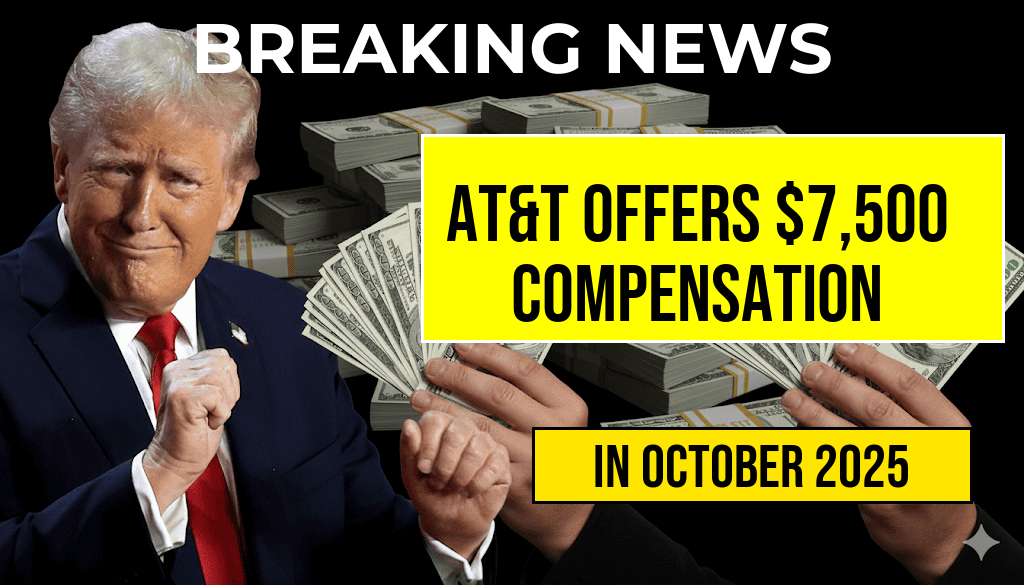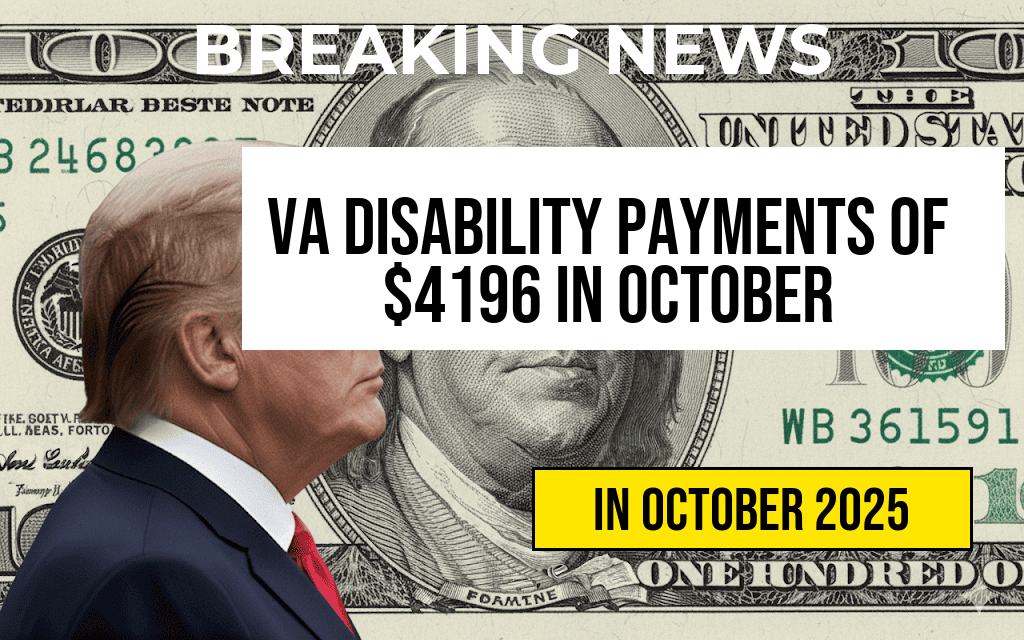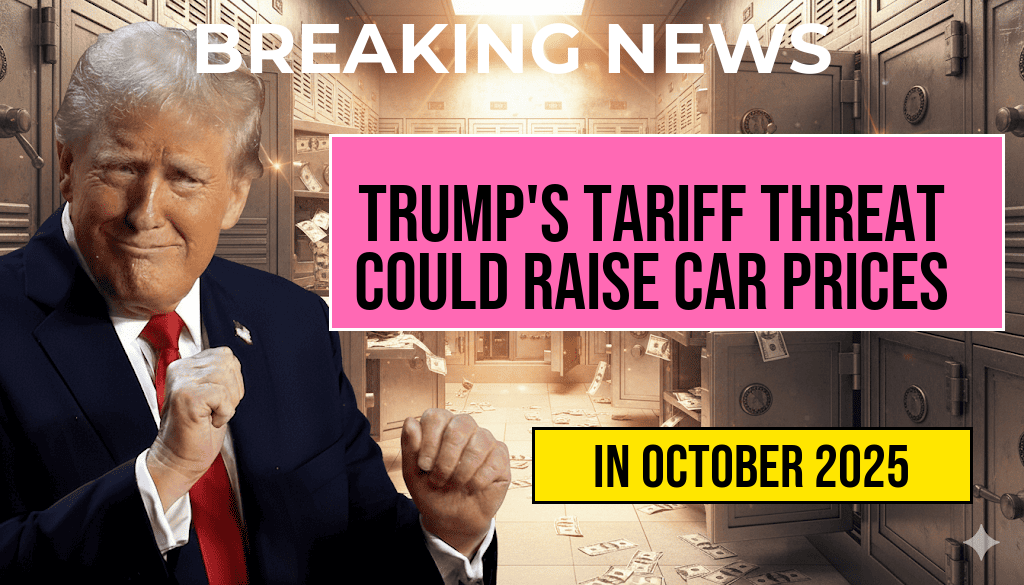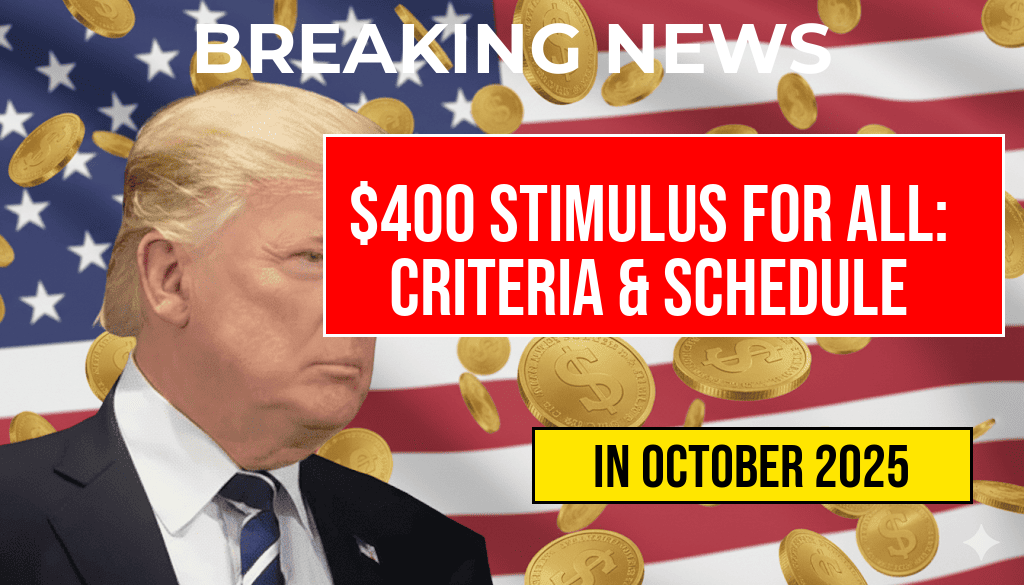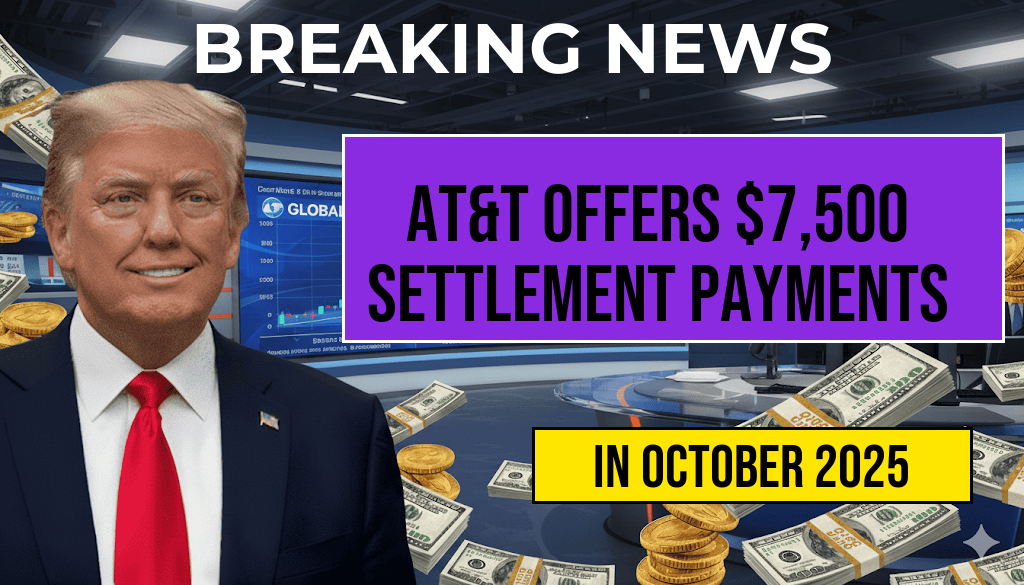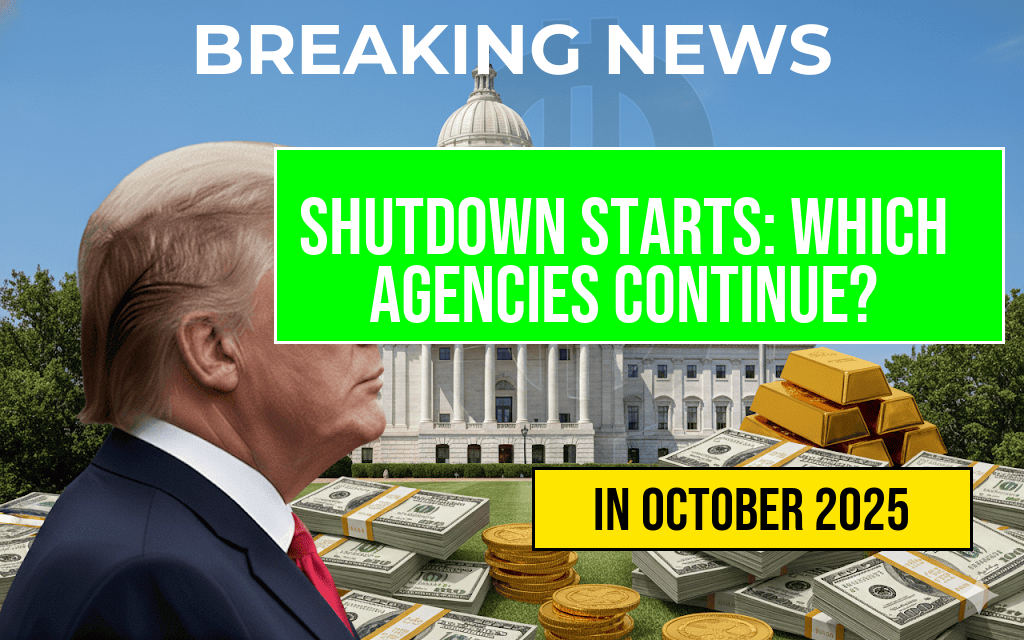Automakers and consumers are closely watching the potential impact of recent tariff threats issued by former President Donald Trump, which could lead to significant increases in vehicle prices. If these threats materialize, the cost of purchasing a new car could rise by as much as $5,286 per vehicle, according to industry analysts. The proposed tariffs target imported auto parts and vehicles, aiming to bolster domestic manufacturing but risking substantial financial repercussions for buyers and the broader automotive market. As discussions continue, manufacturers are evaluating their supply chains and pricing strategies, while consumers brace for possible changes in affordability and availability of certain models. This development underscores the ongoing tension between trade policies and consumer costs, with potential ripple effects across the auto industry and related sectors.
Understanding the Tariff Threat and Its Potential Impact
The Basis of the Tariff Proposal
Former President Trump has historically used tariffs as leverage in trade negotiations, particularly targeting China and other major trading partners. Recently, threats have resurfaced concerning tariffs on imported auto parts and vehicles, which could be reinstated or increased as part of broader trade negotiations or policy shifts. These tariffs, if implemented, would impose additional costs on automakers that rely heavily on imported components, especially from Asia and Europe.
Projected Price Increases for Consumers
Industry experts estimate that the reintroduction or escalation of tariffs could lead to a price hike of approximately $5,286 per vehicle on average. This figure stems from analyses of current import costs and the proportion of parts sourced internationally. For context, the average new car price in the United States was about $48,000 in 2023, which could rise notably if tariffs are enacted. Such a rise would impact affordability, especially for middle-income buyers, potentially shifting purchasing patterns or delaying new vehicle acquisitions.
Industry Response and Market Dynamics
Automaker Strategies and Supply Chain Adjustments
- Many automakers are exploring alternative sourcing options to mitigate tariff impacts, including increasing domestic production or diversifying supply chains.
- Some manufacturers might absorb part of the cost to remain competitive, while others could pass the entire increase onto consumers.
- Manufacturers are also evaluating the feasibility of raising vehicle prices or reducing profit margins to offset additional costs.
Potential Market Consequences
| Segment | Average Price Increase | Impact on Buyers |
|---|---|---|
| Compact Cars | $2,000 – $3,000 | More expensive entry-level options, potential decline in sales |
| SUVs and Crossovers | $4,000 – $5,000 | Higher costs for family and utility vehicles, possibly reducing demand |
| Luxury Vehicles | $5,000 – $7,000 | Price sensitivity may increase among premium buyers |
The Broader Economic and Political Context
Trade Policy Implications
The threat of tariffs is part of a broader debate over trade policies, with some policymakers viewing tariffs as tools to protect domestic industries and jobs. However, critics argue that such measures can backfire by increasing costs for consumers and businesses, disrupting supply chains, and triggering retaliatory actions from trading partners. The auto industry, which relies on complex global supply networks, remains particularly vulnerable to these shifts.
Consumer Considerations and Market Outlook
For consumers, the potential price hikes could influence decisions on purchasing new vehicles, prompting some to consider used cars or delay buying altogether. Industry analysts suggest that if tariffs are implemented, automakers may seek to accelerate inventory sales before the prices rise further. Additionally, increased vehicle costs could lead to a slowdown in new car sales, affecting overall market growth and dealer revenues.
Expert Perspectives and Future Prospects
Industry Experts Weigh In
Many analysts caution that the actual impact will depend on the scope and timing of tariff implementation. Some believe that negotiations and policy adjustments could mitigate the worst-case scenarios, while others warn that the threat alone may already be unsettling the market. According to Forbes, industry stakeholders are actively lobbying for tariffs to be avoided or minimized due to their disruptive potential.
Potential Policy Outcomes
- Diplomatic negotiations could lead to tariff rollbacks or exemptions for auto parts.
- Automakers might accelerate investments in domestic manufacturing to reduce exposure.
- Long-term price stability may depend on broader trade agreements and political stability.
As the situation develops, both industry insiders and consumers will need to monitor official announcements and market signals closely. The interplay between trade policy and vehicle pricing exemplifies the complex factors shaping the automotive landscape in the United States.
Frequently Asked Questions
What is the main concern regarding Trump’s tariff threat on new cars?
The primary concern is that Trump’s tariff threat could lead to an increase in vehicle prices by up to $5,286, making new cars more expensive for consumers.
How might the tariff increase impact consumers purchasing new vehicles?
If tariffs are implemented or increased, consumers could face higher vehicle costs, potentially reducing affordability and impacting their decision to buy new cars.
Which types of vehicles are most likely to be affected by the tariffs?
The tariffs are likely to affect imported vehicles the most, especially those from countries like Japan and Germany, as they comprise a significant portion of the U.S. new car market.
Are there any potential benefits of the tariff threat for American auto manufacturers?
Yes, the tariff threat could potentially benefit American auto manufacturers by making their domestically produced vehicles more competitively priced relative to imported models.
What can consumers do to prepare for potential increases in vehicle prices?
Consumers should consider purchasing their vehicles proactively, exploring alternative models, or negotiating for better deals before any tariff-related price increases take effect.

